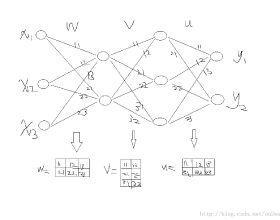Backpropagation (BP) has been pivotal in advancing machine learning and remains essential in computational applications and comparative studies of biological and artificial neural networks. Despite its widespread use, the implementation of BP in the brain remains elusive, and its biological plausibility is often questioned due to inherent issues such as the need for symmetry of weights between forward and backward connections, and the requirement of distinct forward and backward phases of computation. Here, we introduce a novel neuroplasticity rule that offers a potential mechanism for implementing BP in the brain. Similar in general form to the classical Hebbian rule, this rule is based on the core principles of maintaining the balance of excitatory and inhibitory inputs as well as on retrograde signaling, and operates over three progressively slower timescales: neural firing, retrograde signaling, and neural plasticity. We hypothesize that each neuron possesses an internal state, termed credit, in addition to its firing rate. After achieving equilibrium in firing rates, neurons receive credits based on their contribution to the E-I balance of postsynaptic neurons through retrograde signaling. As the network's credit distribution stabilizes, connections from those presynaptic neurons are strengthened that significantly contribute to the balance of postsynaptic neurons. We demonstrate mathematically that our learning rule precisely replicates BP in layered neural networks without any approximations. Simulations on artificial neural networks reveal that this rule induces varying community structures in networks, depending on the learning rate. This simple theoretical framework presents a biologically plausible implementation of BP, with testable assumptions and predictions that may be evaluated through biological experiments.
翻译:暂无翻译




